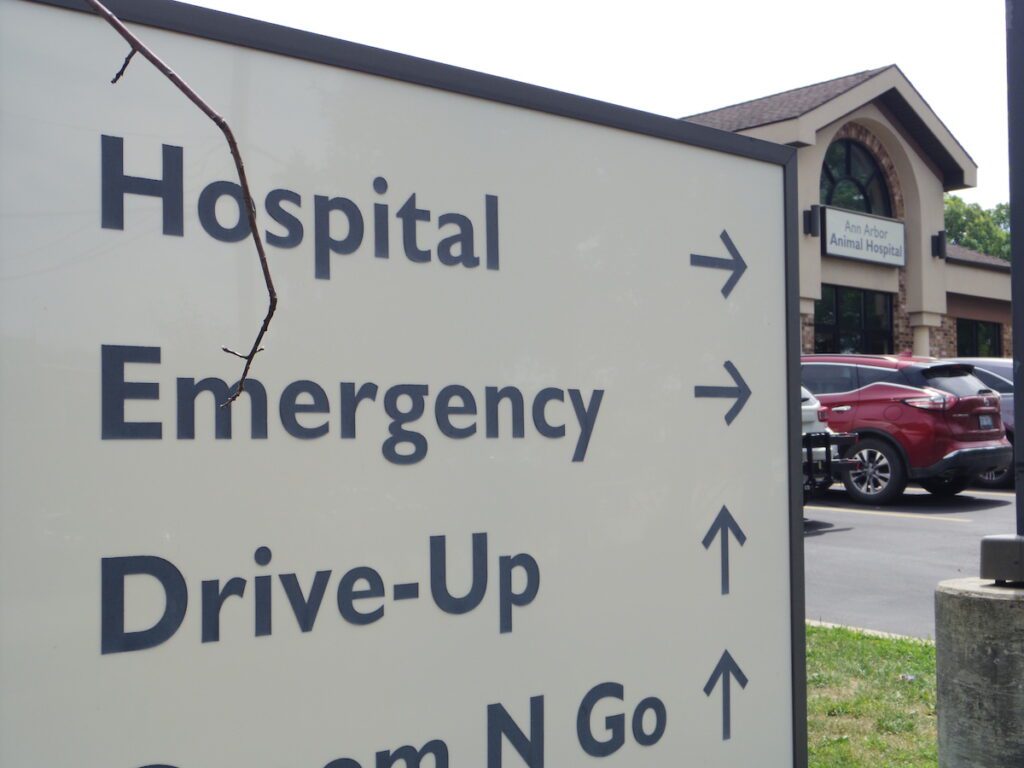
We recently announced that we’ve had to raise our prices. We’ve also recently posted about nights when our ER will be closed. Though it may not seem like it at a glance, the two things are actually related. We’ll try to show you how without too many boring details, and include some additional reading suggestions on the way.
The decision to raise prices was a hard one for us to make. It’s likely not a huge surprise to our clients, though, as prices are going up everywhere due to record inflation and increased fuel costs; we’ve recently given a significant cost of living pay increase to our own support staff to help them offset these. Veterinary manufacturers have increased their own prices on things like supplies, food and medications, while our outside laboratory and diagnostic services have seen similar jumps in price.
In addition to the rapidly rising price of goods, the field of veterinary medicine has for years been dealing with some extra challenges, in the form of staffing, that increases the cost of doing business.
DVM Shortage
“Michigan animal hospitals are buckling under the weight of a nationwide shortage of veterinarians,” says a February, 2022, article on MLive. “As the profession grapples with high stress, burnout, turnover and crippling student debt—issues exacerbated by the COVID-19 pandemic—doctors are becoming increasingly difficult to find.”
Some veterinary clinics have been trying for months or years to hire new doctors, with no success. Veterinarians are leaving the industry for a variety of reasons and there are too few new ones coming in to keep up, while at the same time the number of pets in the country—and therefore the need for veterinary care—continues to grow. A study through industry giant Mars Veterinary Health suggested that by 2030 there may be a shortage of 15,000 veterinarians nationally, leaving some 75 million pets without adequate care.
Support Staff Shortage
It’s not just DVMs that are in extremely short supply—it’s also the support staff they depend on: Licensed Veterinary Technicians (LVTs) and Veterinary Assistants (VAs), especially on the ER side. In April, News 5 in Cleveland, Ohio, ran a story titled Vet clinics facing staffing shortages, increased demand for care, which covered some of the difficulties faced by veterinary support staff. The veterinary side of medicine has not seen the enormous influx of money that the human side has experienced, and so the professional lives of these support staff can be summed up as “overworked and underpaid”. (In fact, it’s not uncommon for LVTs to leave veterinary medicine and go work in human medicine where they can make more money.)
Competition for a reduced pool of professionals has recently driven wages up for these positions, but veterinary practices which are unable to recruit have been forced to close their doors. For an already small pool of veterinary emergency clinics, this can have devastating consequences for pet owners who find themselves in need of an ER veterinarian as there may no longer be any in their area—or if there are, they may be too full to help.

Our ER
The information above should help to explain what’s been happening with our ER lately. One of our ER veterinarians left us in May, and though we’ve been consistently recruiting, we’ve been unable to hire a replacement. Without enough ER DVMs we’ve had to “go dark” and close our ER on the nights when we don’t have a doctor to work. This is not a situation we chose, and we’d prefer to remain open every night and even to expand our ER Service. In the meantime, we’ll continue doing what we can and hire more doctors and staff where possible, while continuing to provide the best veterinary care for all of our patients.
Recent Posts
About Us
Ann Arbor Animal Hospital is a locally-owned animal hospital operating for over 90 years in Ann Arbor, MI.
